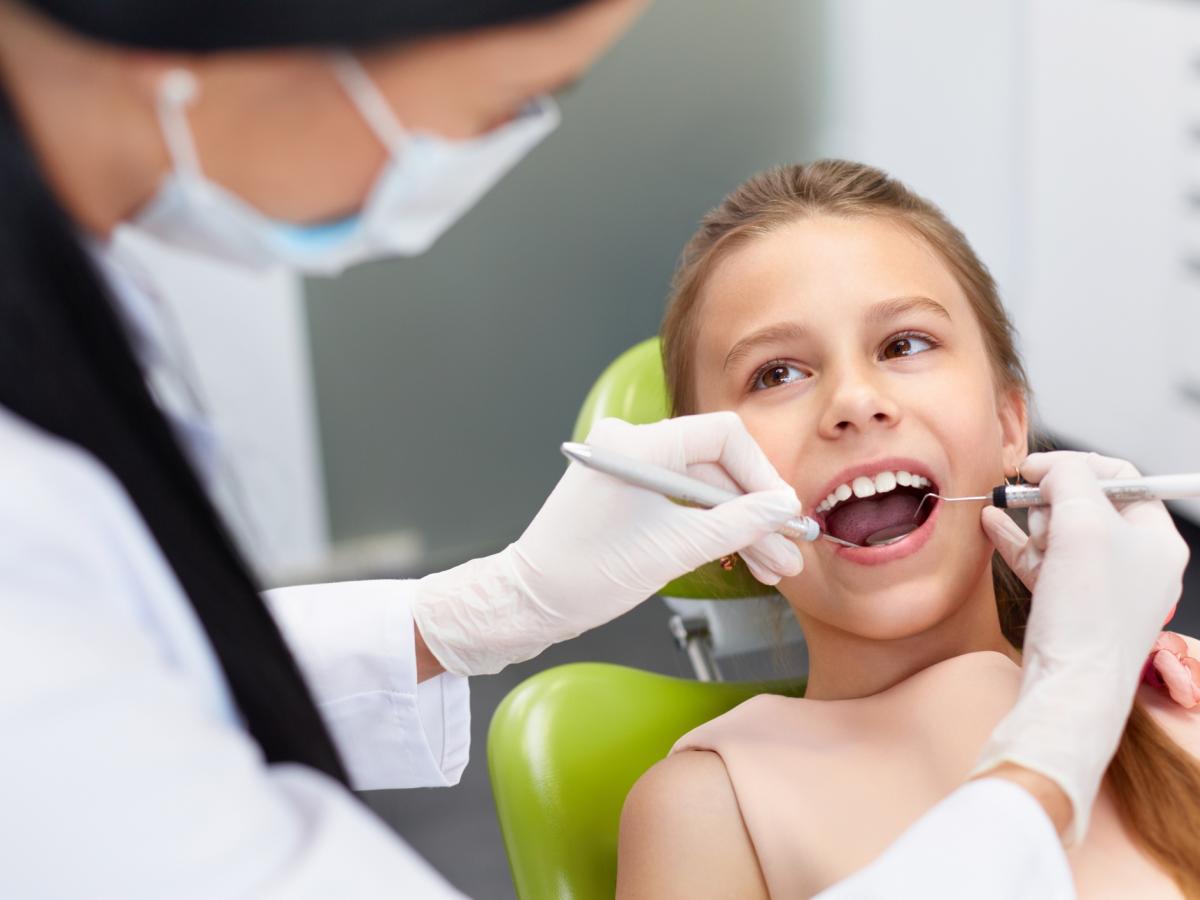Children’s oral health under the microscope

More than 30,000 children aged 5-14 from across the country will be examined as part of a National Child Oral Health Study (NCOHS) that will compare findings from the most recent study in 2012-14. Credit: iStock
Researchers from the University of Adelaide will conduct a wide-ranging nationwide study on the extent and causes of tooth decay in Australian children and the mental health, education and financial impacts that it has.
More than 30,000 children aged 5-14 from across the country will be examined as part of a National Child Oral Health Study (NCOHS) that will compare findings from the most recent study in 2012-14.
The four-year study will also follow-up with approximately 15,000 teenagers and adults now aged 16-25 years of age who took part in the previous study.
The project is supported by the South Australian Dental Service, Queensland Health, ACT Health, Northern Territory Government, Tasmanian Health Service, Department of Health, Department of Health NSW, Department of Health WA and the Australian Dental Association.
The project is being led by Professor Lisa Jamieson, Director of the Australian Research Centre for Population Oral Health, which is part of the Adelaide Dental School, at the University of Adelaide.
“With the use of oral examinations and questionnaire data, we will be able to put the results side by side against what was found in the most recent study in 2012-14,” Professor Jamieson said.
“We will be able to test, model, evaluate and disseminate evidence that will enable important questions around child oral health, social and emotional wellbeing, school performance and economic productivity to be answered.
“This is incredibly important so that we can understand how deep and widespread tooth decay is, and what actions policy makers can take to ensure children and parents have the right support available to them.”
Tooth decay, otherwise known as dental caries, is the most common childhood infection in Australia.
A total of 24,664 children from 841 participating schools took part in the 2012-14 NCOHS.
More than 40 per cent of children aged 5-10 years had experienced dental caries in their primary teeth.
Just under 25 per cent of children aged 6-14 years had dental caries in their permanent teeth, while more than 10 per cent of children aged 6-14 years had untreated dental caries in their permanent teeth.
“We are very interested in finding out whether there has been an improvement in the oral health of children in Australia over the past 10 years since the last study was conducted,” Professor Jamieson said.
“Dental caries imposes a large cost on the Australian economy. That cost is estimated to be up to $1 billion per year.
“It also has a direct coloration to poor school performance, inadequate nutrition, problems with sleeping and adverse social wellbeing.
“Children who are in socially vulnerable situations are also more likely to be hospitalised for dental conditions that could have been prevented.
“These are the types of situations we hope this study can shed some light on.”
The research has been supported by a grant of $1,499,998.80 from the National Health and Medical Research Council Partnership Project scheme.
Media contacts
Professor Lisa Jamieson, Director, Australian Research Centre for Population Oral Health, The University of Adelaide. Phone: +61 8313 4611. Email: lisa.jamieson@adelaide.edu.au
Lee Gaskin, Media Coordinator, The University of Adelaide. Phone: +61 (0)415 747 075. Email: lee.gaskin@adelaide.edu.au
